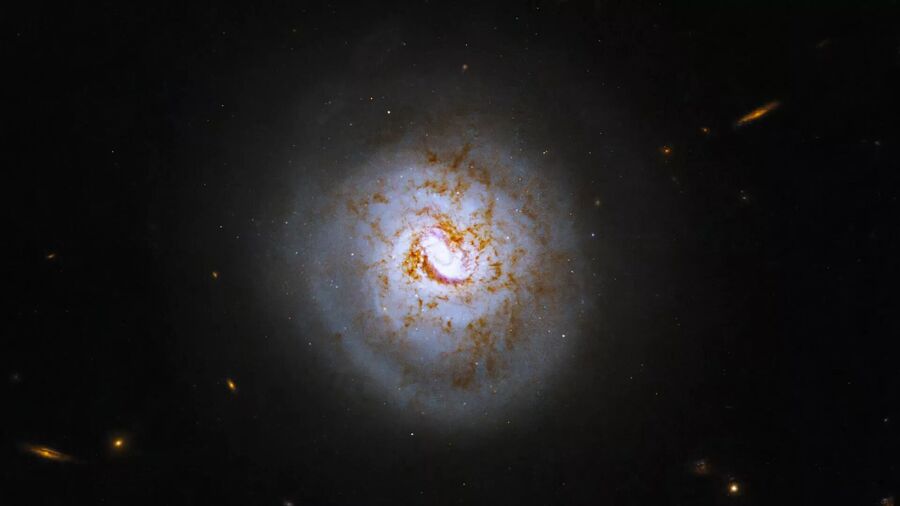
© Pradeep Gaur/SOPA Images/LightRocket/Getty ImagesA Man photographs a scale model of the Chandrayaan 3 Vikram Lander at the Indian Space Research Organisation
New Delhi is experimenting with radioisotopes to charge its robotic missions to the Moon, Mars and beyond...
Indians are ecstatic over their space program's string of successes in recent months.
The Indian Space Research Organization (ISRO) has a couple of well-kept tech secrets - one of them nuclear - that will drive future voyages to the cosmos.In the Hollywood sci-fi movie
'The Martian', astronaut Mark Watney, played by Matt Damon, is presumed dead and finds ways to stay alive on the red planet, mainly thanks to a big box of
Plutonium known as a Radioisotope Thermoelectric Generator (RTG).In the film, Watney uses it to travel in his rover to the 'Pathfinder', a robotic spacecraft which launched decades ago, to use its antenna to communicate with his NASA colleagues and tell them he's still alive. Additionally, the astronaut dips this box into a container of water to thaw it.
In real life, the
RTG generates electricity from the heat of a decaying radioactive substance, in this case, Plutonium-238. This unique material emits steady heat due to its natural radioactive decay. Its continuous radiation of heat, often lasting decades, made it the material of choice for producing electrical power onboard several deep-space missions of the erstwhile USSR and the US.




Comment: One term not mentioned in the article, that may be of interest, is 'crown shyness':